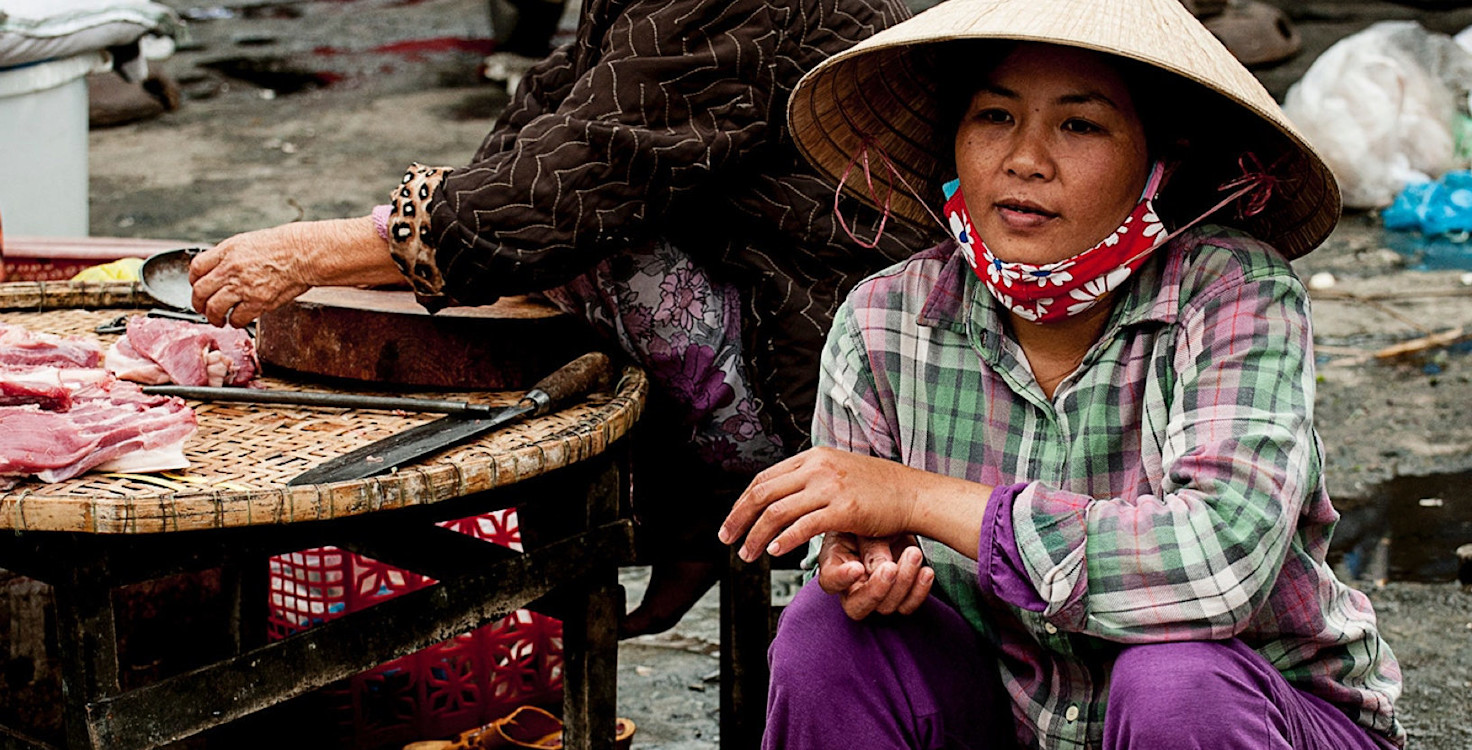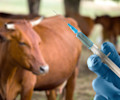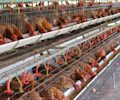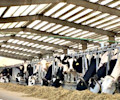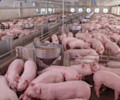Since the 1980s, meat consumption for the average Chinese citizen has quadrupled to 63kg of meat per year. Across Asia, demand for meat is projected to grow 19% between 2013 to 2025, to 144 million tonnes. On the back of this, rapidly industrialising animal protein companies are attracting the attention of large investors. Chinese meat and feed producers such as New Hope Group and Wen’s Group are now among the world’s ten largest global animal feed manufacturers.
Investors however, should not bite off more than they can chew when it comes to risk in Asia’s meat, dairy and seafood sector.
A new report released today shows Asia’s meat, seafood and dairy industries face a range of badly managed sustainability risks from emissions to epidemics, fraud to food safety and abuse of labour to abuse of antibiotics. The report comes from the FAIRR Initiative, an investor network raising raise awareness of the material impacts factory farming can have on investment portfolios, and Asia-specialist research firm, ARE.
The report warns that the Asian livestock and fish industries could induce a ‘nasty bout of financial food poisoning’ to the global economy.
Food scandals threaten returns
This summer marks three years since a major expired meat scandal in China , where China HUSI Foods, suppliers to Pizza Hut and McDonald’s, were filmed preparing out of date, mishandled and contaminated meat for sale. The scandal resulted in a loss of more than $10.8bn in market cap for McDonald’s and Yum! Brands (owners of Pizza Hut and KFC). It is nine years since the Sanlu tainted milk scandal — which tragically led to the death of six infants and serious kidney damage for 54,000 more after melamine was added to milk to ‘boost’ protein levels. The scandal led to bankruptcy for Sanlu, wiped millions of value from parent company Fonterra, and saw several people prosecuted and two executed for their involvement.
Despite these scandals, it seems that the Asian meat industry has not learned from its mistakes. Poor food safety and environmental standards in Asia remain a ‘very high and immediate’ risk according to today’s report.
The report cites various food safety scares in 2017 — such as the recent dioxin-contaminated eggs in Taiwan. Dioxin is known to be a highly toxic environmental pollutant. Consumers certainly have good reason to be wary of health risks especially in South east Asia where foodborne illnesses are responsible for more than 175,000 deaths per year — more than any other region in the world.
Livestock epidemics such as avian flu are also becoming increasingly frequent and increasingly deadly_._ The H7N9 strain of avian flu which has been rampant in China in recent years caused 291 (human) deaths in its first four years (to 2016), 84% more deadly than the earlier H5N1 strain in its first four years (to 2006).
Antibiotic risk
Perhaps the most significant finding of FAIRR’s new report is that of the alarming increase in antibiotic use- Asia is currently on course to see significant increases in administration of antibiotics in both its poultry and pork sectors by 129% and 124% respectively by 2030. This undermines global efforts by regulators, the UN and the investment community to tackle the rise of antibiotic resistant superbugs.
The World Health Organization (WHO) has declared the rise of antibiotic resistance as one of the biggest threats to global health today.
Antibiotic usage is also increasing in Asian aquaculture such as shrimp farming. A 2017 study on shrimp production in China found that 52% of tested samples contained antimicrobial residues, with 10% of these residues exceeding legal limits. In 2016 the US Food and Drug Administration (FDA) reported a record year for refusals to import Asian shrimp due to contamination with banned antibiotics.
The carbon cost of beef
In addition to public health risks, the boom in Asian megafarms poses major environmental risks.
Livestock production is highly water- and emissions-intensive. Beef and lamb have the highest greenhouse gas and water footprints of any protein source. Even chicken, the least carbon-intensive meat, generates 65 times more emission -per- calorie-produced than legumes.
Alongside the massive impact on water and greenhouse gas emissions, it is estimated that China’s surging demand for animal feed is the recipient of approximately 35% of Brazil’s soybean supply. Soybean production is a major contributor to the deforestation of the Amazon.
Following the Paris agreement, the wider market, has started to look at introducing tougher regulations for carbon emissions and putting GHG-intensive sectors under increased scrutiny. This includes China where it is likely a new carbon pricing scheme will be introduced.
China has already shown a willingness for ‘polluter pays’-type legislation in agriculture. This legislation followed a high profile incident in 2016 where 16,000 diseased pig carcasses were found floating in tributaries of the Huangpu river. As a result a new tax aimed at enhancing the governance of water pollution and reducing wastewater emissions was introduced for larger farms.
There are also opportunities
Awareness of the negative health and environmental impacts of Asian meat production is also fostering excellent investment opportunities in the alternative protein space.
New product launches with vegetarian claims in South east Asia increased by 140% between 2012–2016. While, leading meat substitute producer Quorn, owned by Asian food giant Monde Nissin, has reported an unprecedented global sales growth of 19% in the first half of 2017. Given the prevalence of health and safety issues in the region, producers offering alternative sources of protein, are well positioned to expand their market share.
With health and safety issues at the fore, increased consumer awareness is influencing eating habits and purchasing decisions. Such demand shifts will in turn lead to strategic shifts in how the world produces meat for internal and external markets. Meat production and consumption is creating environmental and social risks that are of increasing concern to investors. How Asia responds to these challenges in the coming years will be a defining factor in whether the region can satisfy investor appetite.
FAIRR insights are written by FAIRR team members and occasionally co-authored with guest contributors. The authors write in their individual capacity and do not necessarily represent the FAIRR view.
